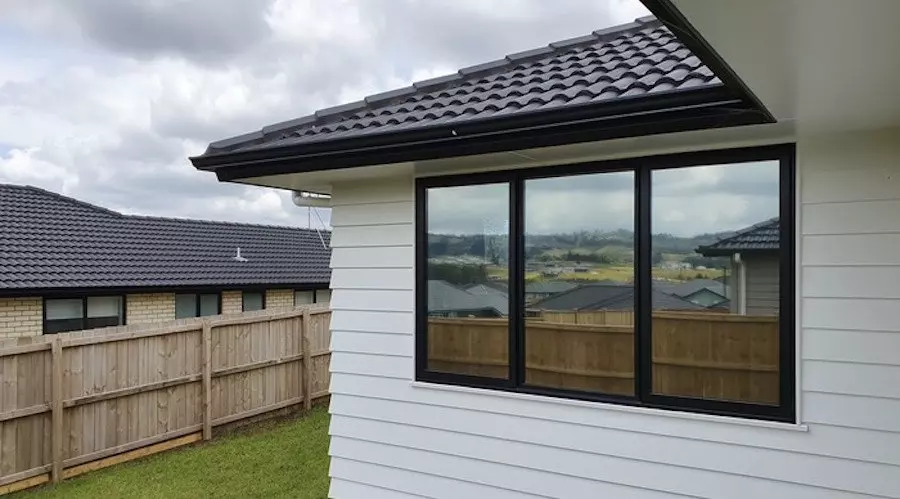Introduction to underwater houses
Imagine waking up to the gentle sway of the ocean currents and the mesmerizing sight of marine life floating gracefully past your windows. The concept of underwater houses may sound like something from a sci-fi movie, but these architectural marvels exist! In this blog post, we will dive deep into the world of underwater living – exploring their history, benefits, challenges, and even some real-life examples that will leave you in awe.
History of underwater houses

The idea of living beneath the water’s surface has captured human imagination for centuries. It might surprise you to learn that the concept of underwater dwellings dates back to ancient times. There are records of civilizations like the Minoans in Crete building partially submerged structures. Fast forward to modern times, and experiments with underwater habitats gained popularity in the 1960s during the height of space exploration. Scientists and architects began exploring ways to create habitable spaces below sea level. Technological advancements have made it possible to design and construct sophisticated underwater homes that offer a unique blend of luxury and sustainability. These innovative structures push boundaries and challenge traditional notions of architecture.
Advantages and disadvantages of living in an underwater house
Living in an underwater house comes with its own set of unique advantages and disadvantages. One advantage is the incredible ocean views that residents would have, offering a constant connection to marine life and nature. Living underwater could provide a sense of tranquility and privacy away from the hustle and bustle of city life. One major disadvantage is the potential risks associated with living below sea level, such as flooding or structural damage due to water pressure. Limited access to essential services like groceries or emergency medical care could pose challenges for those residing in underwater homes.
Examples of existing underwater houses around the world
The Floating Seahorse in Dubai, where luxury villas sit partially submerged beneath the crystal-clear waters of the Arabian Gulf. The Manta Resort is off the coast of Pemba Island in Tanzania. This unique floating structure features a bedroom four meters below the surface, offering guests unparalleled views of colorful marine life right from their beds. In Florida, USA, you can find Jules’ Undersea Lodge, which holds the title of being one of the only underwater hotels in the world. Guests have to scuba dive down to reach their room and can enjoy a truly immersive experience surrounded by ocean creatures. These extraordinary examples prove that living or vacationing underwater is not just a fantasy anymore – it’s a reality for those seeking a one-of-a-kind experience beneath the waves.
The technology behind building an underwater house
Imagine the fascinating world of underwater houses where innovative technology meets architectural marvels. Building an underwater house involves a combination of engineering expertise and advanced materials to withstand immense water pressure at great depths. Specialized construction techniques are employed to create structures that are not only watertight but also environmentally sustainable, blending seamlessly with the marine ecosystem. State-of-the-art materials like strong glass and reinforced concrete play a crucial role in ensuring structural integrity against the forces of nature while providing breathtaking panoramic views of the underwater world. Cutting-edge systems for oxygen supply, waste management, and energy production are integrated into the design to make these underwater dwellings self-sufficient and habitable for extended periods. Innovations such as remote monitoring technology allow residents to control various aspects of their homes from anywhere worldwide, ensuring safety and comfort even in the most remote aquatic locations.
The Future of Underwater Houses
As technology advances and climate change becomes an increasing concern, the concept of underwater houses will likely gain more traction. With innovative materials and sustainable designs, underwater homes could become a viable option for those looking for unique living spaces that also help protect the environment. While challenges are still to be overcome, such as high construction costs and potential environmental impacts, ongoing research and development in this area show promise for creating safe and functional underwater habitats. Whether for scientific purposes, luxury retreats, or even addressing overpopulation on land, underwater houses may soon become a reality for more people worldwide.




